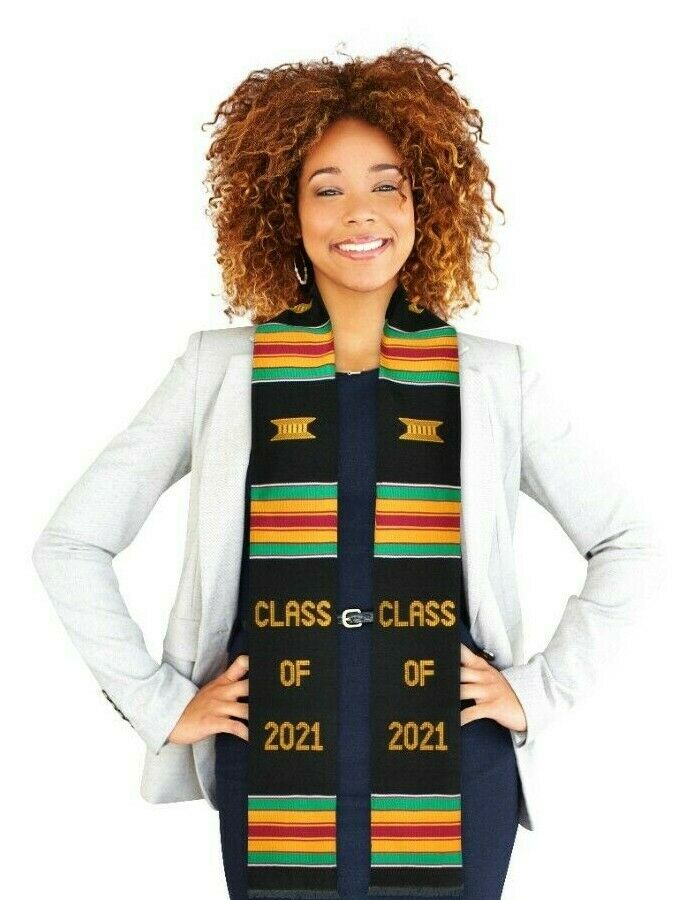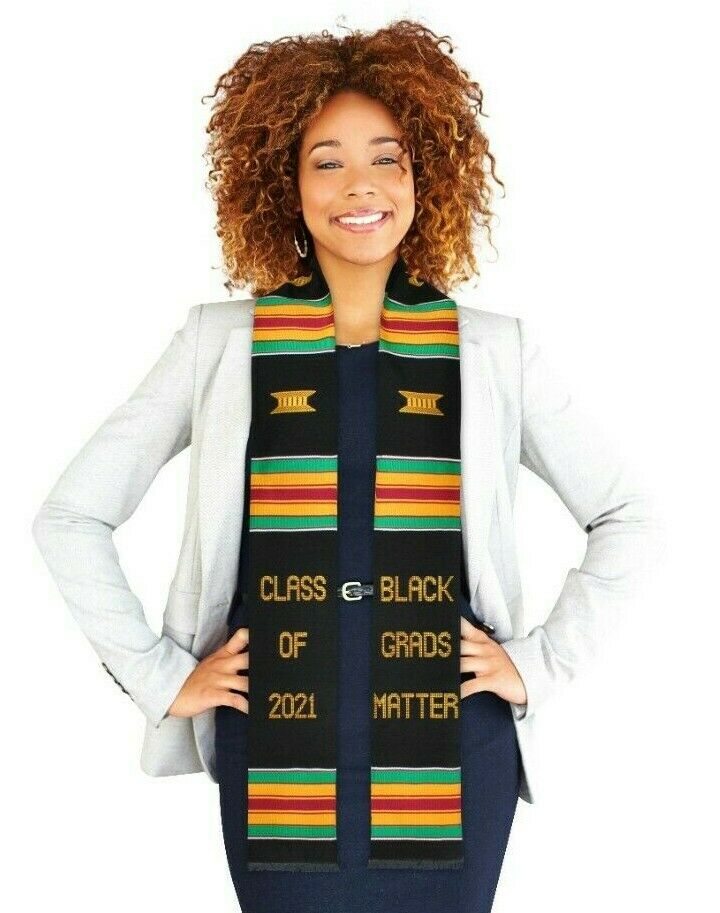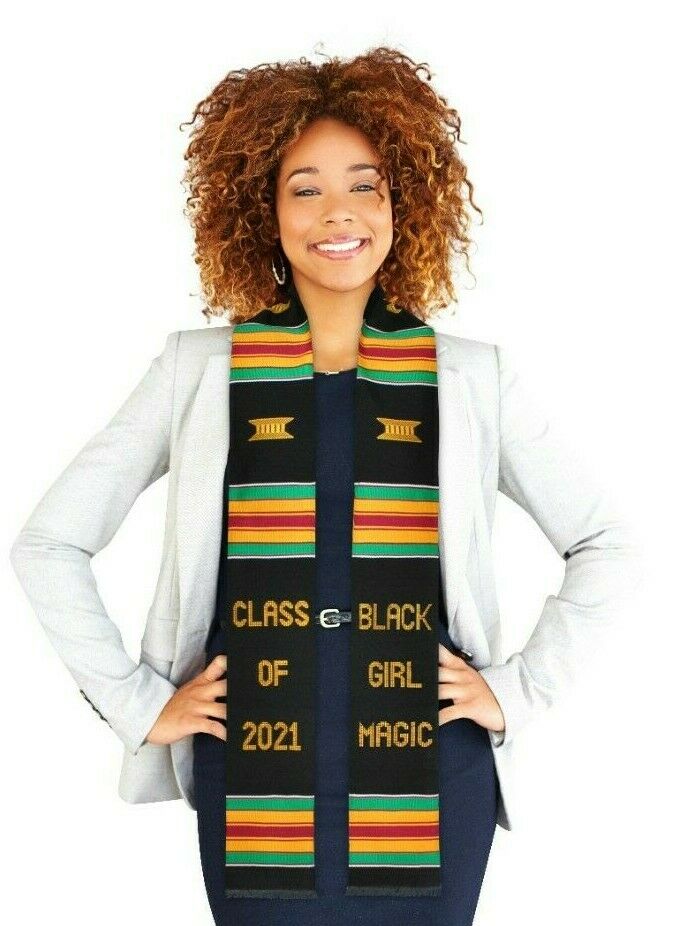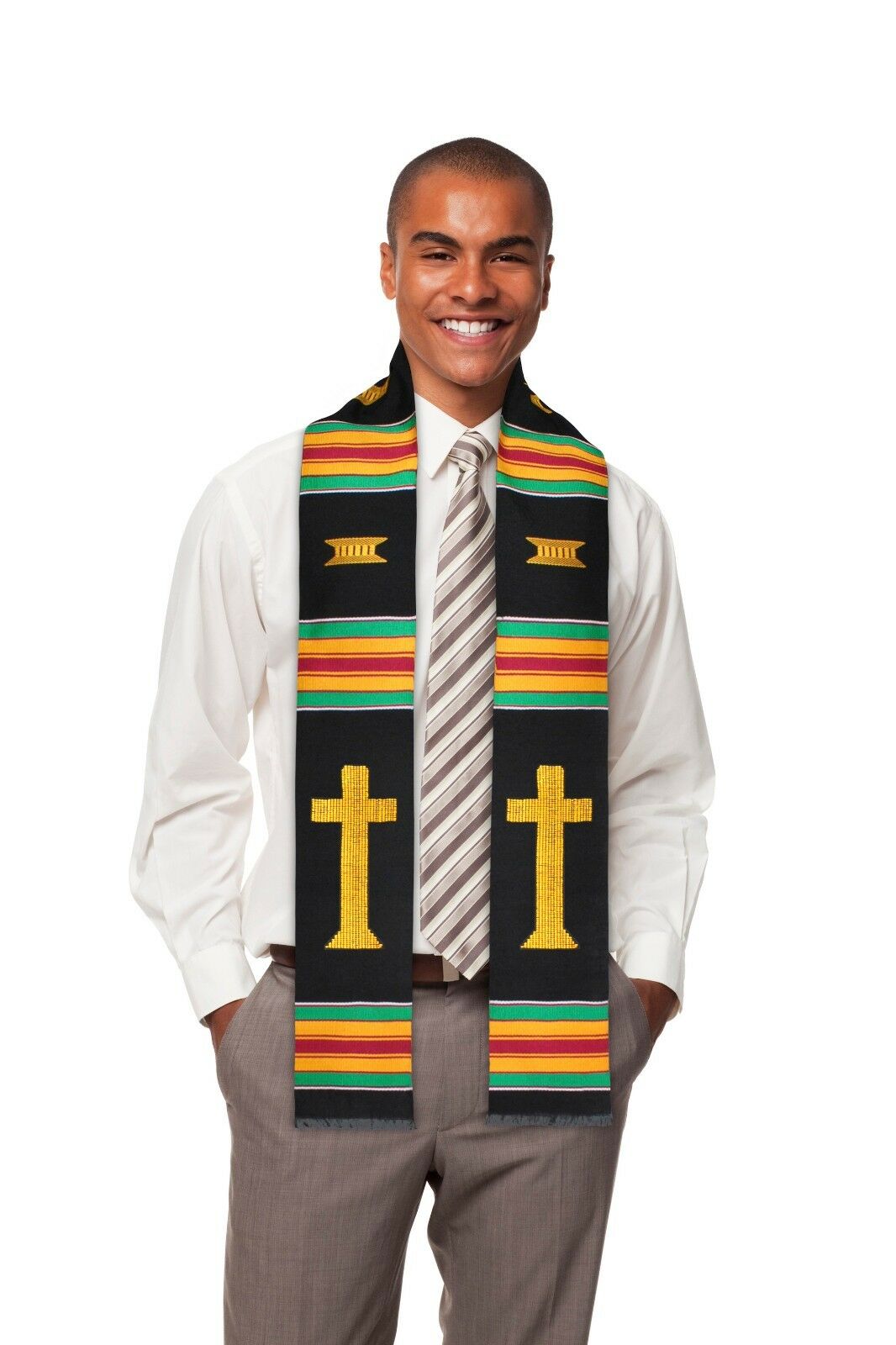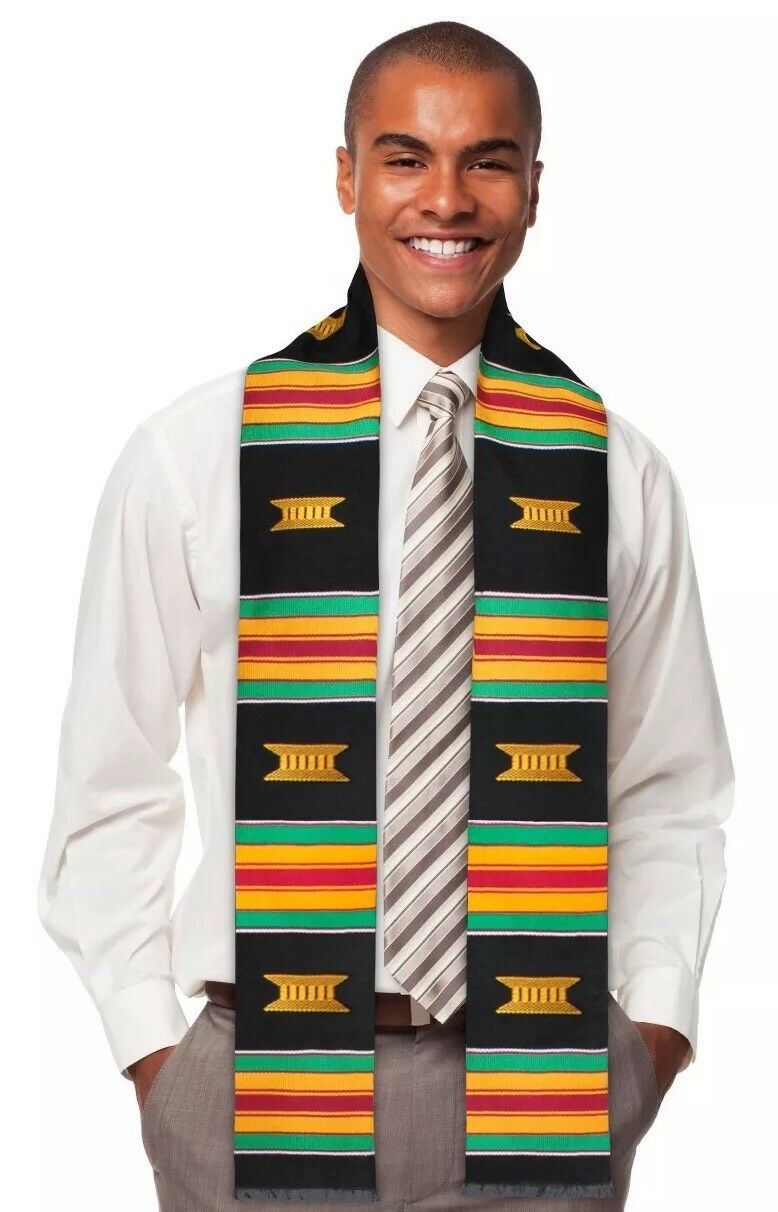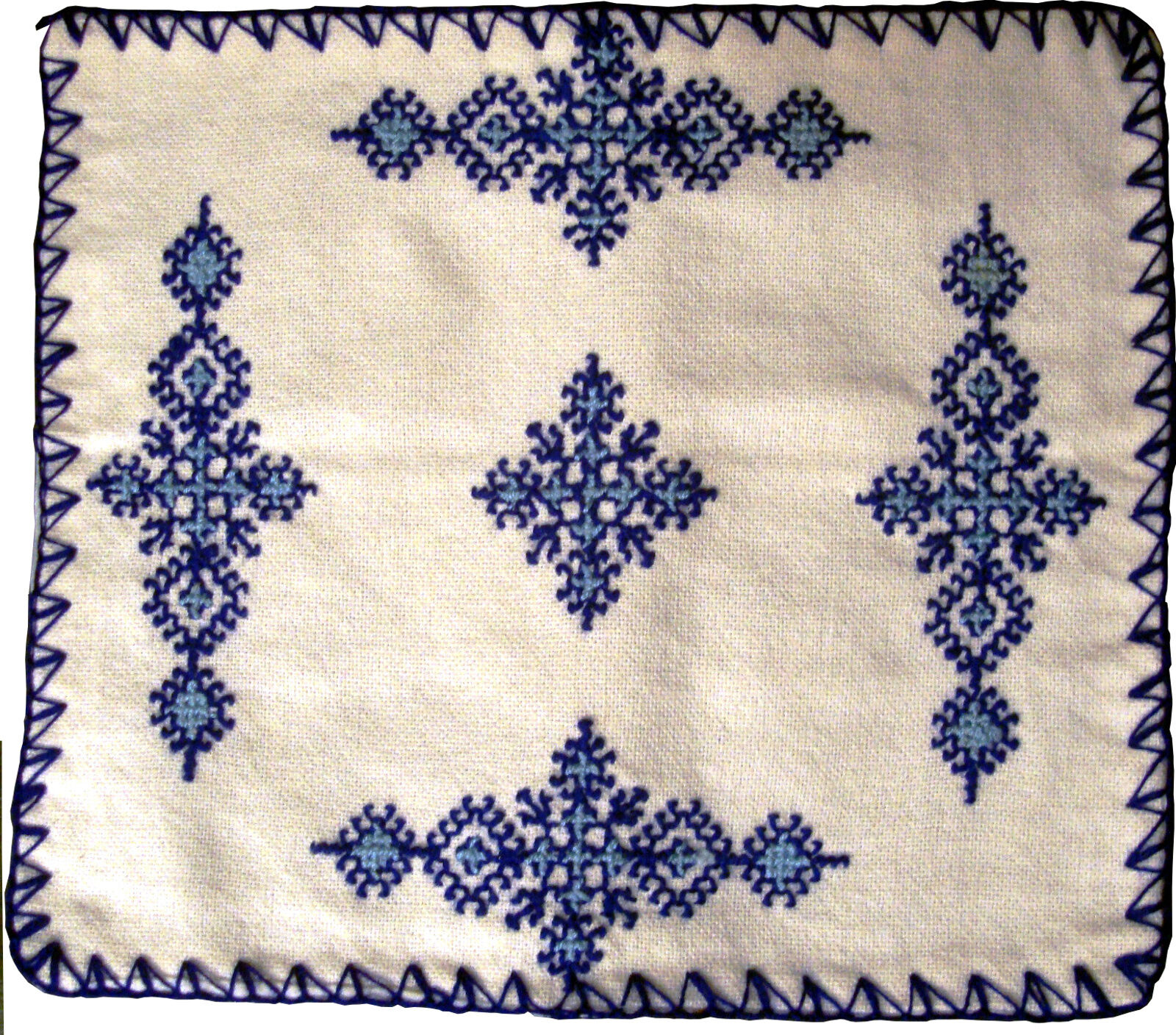-40%
ORIGINAL HIGH PREMIUM TEXTILE KUBA RAFFIA CLOTH CURRENCY KASAAI SHOOWA ETHNIX
$ 79.2
- Description
- Size Guide
Description
RAFFIA CHACHO CURRENCY SHOOWA VELVET HIGH PREMIUM TEXTILE CLOTHType of Object: Kuba Cloth "Butala" Premium Quality Ethnic Group: Kuba Country of Origin: DR Congo Materials: Raffia, Natural dye Approximate Age: 30+ years Dimensions: 26.0 " by 26.0" Weight: 351 grams; 0.79 lbs; 11.65 oz Overall Condition:Excellent ( pictures are somew
hat faded below)
Kuba cloth is the embroidered and appliqued fabric of the Kuba people from DR of Congo and is amongst the best-known textile of the ancient African tradition of raffia cloth weaving. It's geometric art forms have been the source of inspiration for artists such as Picasso, Klee and Matisse who respectively owned extensive collections. Kuba textile art is created from single panels of cloth embroidered with dyed raffia thread and is cut to create a plush pile cloth. These panels are not worn but displayed, and serve as currency and markers of prestige. This is one such prestige panel. Like almost all so-called Kasai "velvets", the overall composition is asymmetrical and irregular and no two panels are identical.
Composed of a series of interlocking knotted designs in tan and black, the visual complexity and geometrical structure make these fabrics a favorite. The variation of compositions are staggering! In Kuba culture, the cloth also forms an important part of funeral rites. High quality, specific patterned raffia dress is key to being recognized by clan ancestors. These designs are handed down from generation to generation and it is the strength of this tradition that has kept the skills of making Kuba cloth alive. Kuba cloth at times also play a role in wedding ceremonies offered as gifts or currency.
Kuba cloth technique involves first weaving a plain square of raffia palm fibers on an upright single-heddle loom. This is usually the work of Kuba men. It is very stiff when first woven, so it is pounded in a mortar to soften it. Then is is usually the Kuba women who decorate the cloth using different appliqué designs. It takes about a month of regular work for a woman to complete a small square of Kuba embroidery using laborious techniques that include dying, detailed needlework and clipping individual tufts. Designs are improvised as the artisan proceeds elaborating a unique combination from hundreds of known theme designs, many of which are named after individuals such as the king or the textile artists who first created them. Other patterns bear names referring to elements that range from eyebrows to smoke, or the scaly backs of crocodiles. Although the regular interlacing on the background cloth promotes a regular and symmetrical design, Kuba artists favor an improvisational, fluid effect that plays with deliberate asymmetries and pattern variations, which in turn creates exquisite workmanship that distinguishes this native art form.
Shipping & Handling Detail: US Buyers: Secure shipping and insurance will be determined by territory at close of auction. International Buyers: Secure shipping and insurance will be determined by territory at close of auction. Import duties, taxes and charges are not included in the item price or shipping cost. These charges are the buyer's responsibility. Please check with your country's custom office to determine what these additional costs will be prior to bidding or buying.
All of the individual items in our Ebay store are from my personal collection. These are objects acquired from more than 20 years of collecting both in the field and in New York. It has culminated in the creation of Ethnix Tribal Arts gallery in New York City. and our online EBAY store. Each item has been selected for its individual merit such as the quality of workmanship, construction, age, and authenticity.



